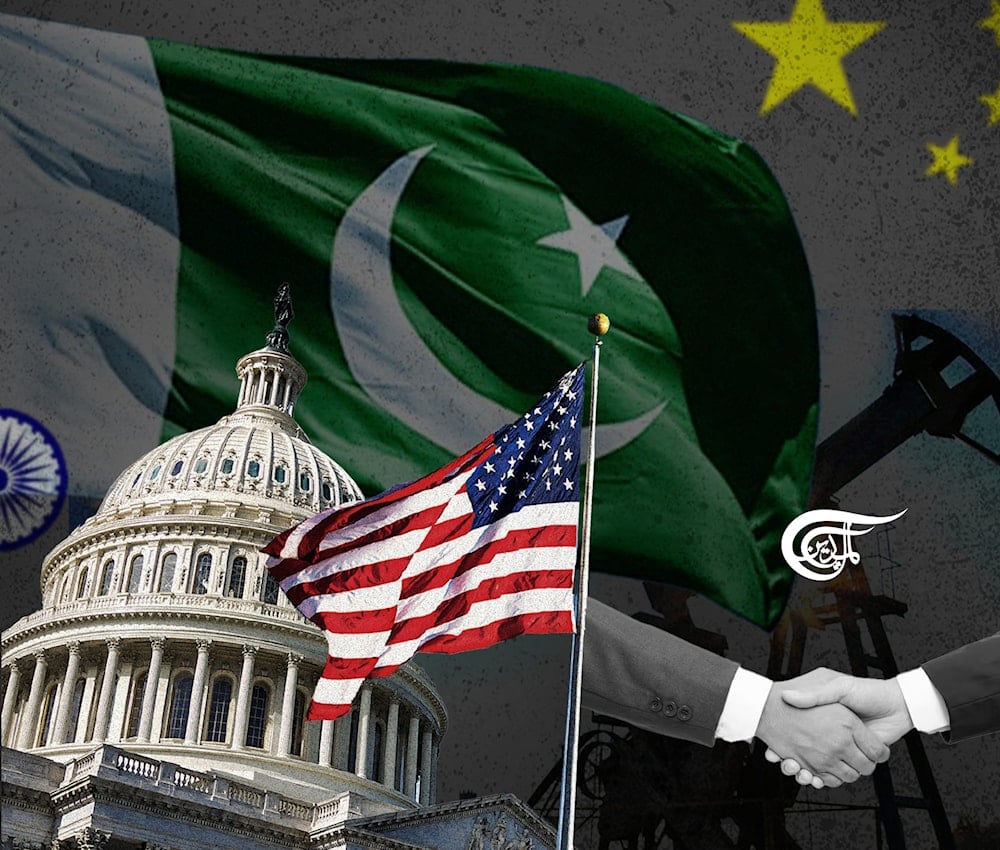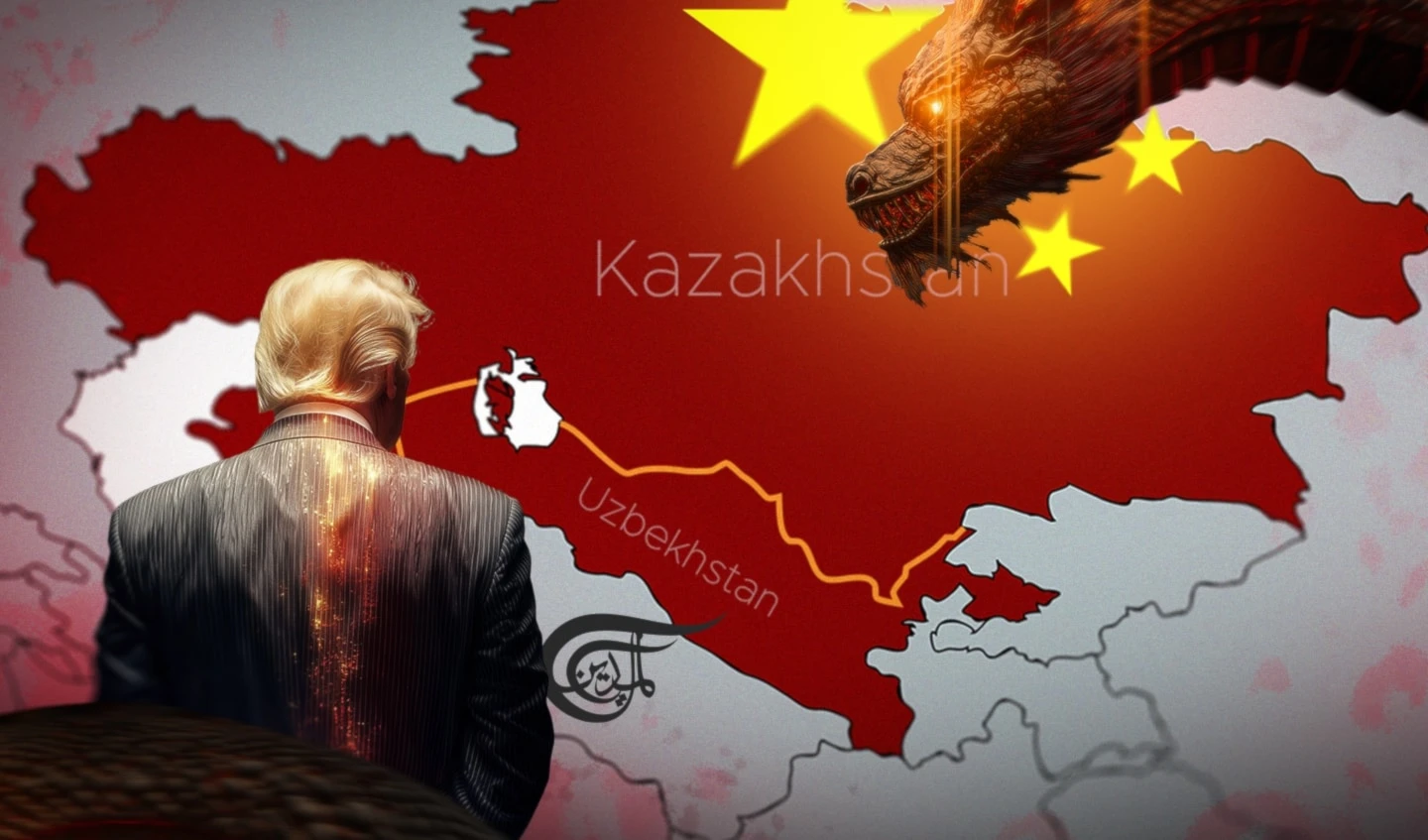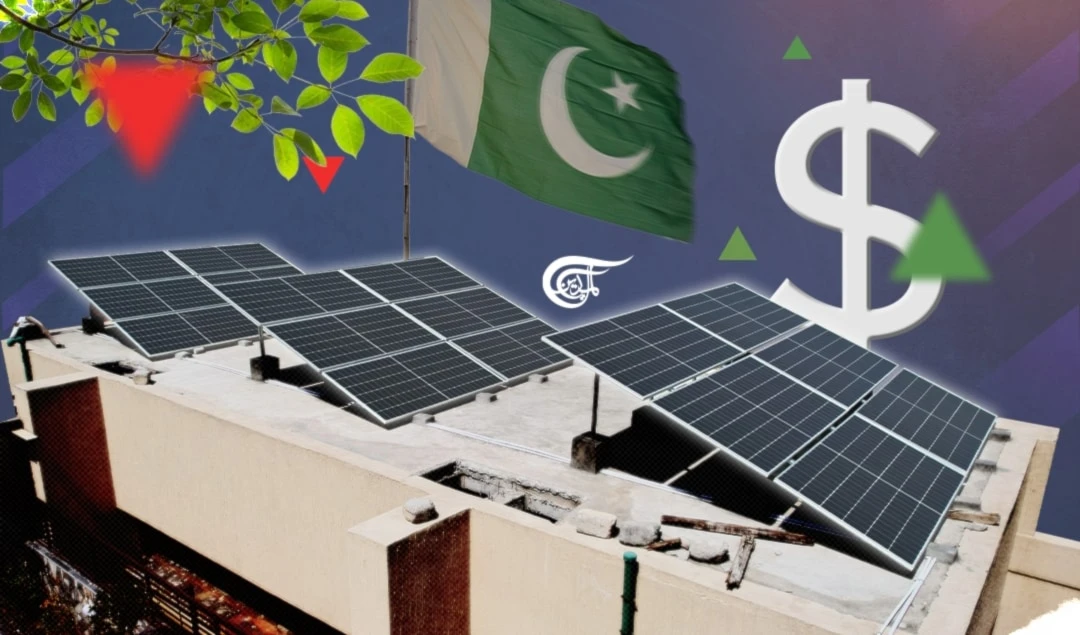Why the US is cozying up to Pakistan once more
A revitalization of US-Pakistan relations during Trump 2.0 might still turn out to be a flash in the pan; however, it may also mark the beginning of a less one-sided US policy toward the region...
-

Few alliances swing as sharply as US-Pakistan ties: Once marked by mistrust and estrangement, they now see signs of revival under Trump 2.0 (Illustrated by Mahdi Rtail for Al Mayadeen English)
Few relationships in international politics have risen and fallen as dramatically as that between Pakistan and the US. These ups and downs have been like a rollercoaster ride since 9/11, which became that of an estranged couple not on speaking terms since 2018. The strategic trust was damaged to the extent that Trump 1.0 froze nearly all security support, citing Pakistan as untrustworthy and deceitful. The relation during the Biden years did not alter much and remained cold.
That is why there is considerable surprise at the sudden rekindling of the flame in the relationship with the arrival of Trump 2.0. Political analysts are rushing to explain this latest turn. Some dismiss it as a one-off, a tactical action, which cannot serve Washington's wider policy of China containment. Others think that it reflects a more fundamental questioning of American policy in the sub-continent. I’d say some of the more interesting voices in this debate are Dr. Nasir Mehmood of Pakistan National Defense University and Dr. Julian Spencer-Churchill of Concordia University in Canada.
They have a simple point that the Washington India-first strategy presently is not a wise choice. Ok, India is big, developing, and is a democratic alternative to China. However, India is also adamant that it wants to stick to non-alignment by making utmost use of US favor without severing the cordial ties it maintains with Russia or reducing its trade with China. India has never warred with other powers, apart from its month-long conflict with China in 1962, so why risk a war with Beijing when there is trade to be had? Currently, China is India’s largest bilateral trade partner.
India has a greater interest when relations between the two (i.e., Washington and Beijing) are strained. This enables New Delhi to demand concessions, investments, and technology from the West and to approach China and Russia quite covertly to do business. It could be a clever move India makes out of its national interest, but it would not be in the national interest of America. The act of supporting India at all costs may eventually lead to the emergence of a regional heavyweight in the long run, which may ultimately stir up the American hold in the Indian Ocean, especially in case India comes to dominate major choke points such as the Arabian Sea and the Strait of Hormuz.
The incentives are otherwise in backing Pakistan. Pakistan is most interested in having stable US-China relations. The geography, history, and diplomatic dynamism of Pakistan create such a natural bridge between Washington and Beijing as Dr. Mehmood and Dr. Spencer-Churchill point out. Islamabad has ancient relations with China, especially with the economic corridor of the China-Pakistan Economic Corridor (CPEC), but these are not tied to military grounds. Pakistan has never handed over administrative power to China over potential strategic bases and ports such as Gwadar Port.
It is pertinent to mention that the suspicion the West had concerning CPEC is totally misplaced. The Gwadar-China highways are not well-developed and hence lack railway connectivity, besides being prone to interruptions due to weather changes; hence, they cannot be used as a key supply channel during a war. Similarly, Gwadar is not constructed to have a commercial port but a naval one, though the state of Pakistan has been actively inviting investment in Gwadar by the Gulf and the West.
In the case of Washington, there is more to re-engaging Pakistan than the issue of China. Pakistan holds great promise in the politics and security of the greater Middle East. It has a strong relationship with Saudi Arabia and the UAE, as well as other Gulf Countries, and a history of acting as an equalizer in situations between the powers, such as those between Saudi Arabia and Iran, and aiding in bridging peace. It has its military and intelligence networks that continue to have an impact in Afghanistan and Central Asia, which continue to be of significance to the US so-called “counterterrorism” and energy interests.
First, Pakistan is the most viable overland access where the US can reconnect with Central Asia, which is rich in energy resources. As Russia is waging war in Ukraine and China is squeezing trade in the region, Washington requires other access points into Kazakhstan, Uzbekistan, Turkmenistan, and so on. The Central Asian countries could be linked to the world markets via Pakistan ports and road-rail connections, with the US being the investor and the strategic beneficiary.
Second, Pakistan's influence in Afghanistan has been on the decrease over the past years, and possible US interest in the relations with Islamabad would ease tensions between Pakistan and the Taliban. Not only would such a thaw help maintain regional stability, but it would put Washington in a financial position to help gain access to Afghanistan's resource sector. China is presently wooing the country due to its huge lithium, copper, and rare earth mineral deposits, which are essential to the clean energy transition. Recovery of Pakistani influence in Kabul would present the US with a worthwhile ally in the creation of accountable access to the resources and not allow their capture in totality by Beijing.
These strategic advantages could be gained much more economically by rebuilding the relationship with Pakistan. New Delhi has carefully preserved its strategic autonomy even though the US has spent tens of billions of dollars selling arms to India and transferring technologies, as well as collaborating on infrastructure. Pakistan, whose needs are much less, presents an alternative value case: the ability to place bets on its strategic geographical position, assistance in stabilizing volatile areas, and acting as the stabilizing voice in great power rivalry.
The skeptics will indicate that Pakistan is too cozy with China. However, that relationship is as conditioned by needs as by ideology. Pakistan is reliant on Washington and Beijing (on the United States as the source of markets, access to finances, and supply of military technology such as the F-16; and on China as an investor and partner on co-production ventures such as the JF-17 fighter). This twofold dependence places Pakistan at a vantage point of having a big interest in ensuring that tensions between these two giants do not erupt.
There is a history to this, too, which Washington could usefully keep in mind. In the 1970s, Pakistan functioned in promoting US and Chinese reconciliation. It has been an American ally in anti-communist containment of the Cold War, in anti-terror campaigns since 2001, and in local politics at unsettled times. It has had trust deficits, of course, over Afghanistan to militant sanctuaries, but it has been enduring as it is in the respective interests that the relationship is conducted pragmatically.
The policy implication is clear: Washington must not allow its relationship with India or its frustrations over the Afghanistan War to make it lose sight of the long-term usefulness of Pakistan as an ally. A restart will demand candid talk about old resentments, practical expectations, and specific collaboration where interests overlap, counterterrorism, regional stability, diplomatic possibilities in the Middle East, access to Central Asia, and development of the critical minerals.
Large-scale politics in South Asia is synonymous with unstable alliances, where the relationship is more often less than unconditional. They are concerned with the handling of differences, but at the same time, enjoying convergences. A revitalization of US-Pakistan relations during Trump 2.0 might still turn out to be a flash in the pan. However, it may also mark the beginning of a less one-sided US policy toward the region, whereby making all US bets on India problematic, and Pakistan, with all its issues, is still a pawn worth keeping that should play an essential role on the chessboard.
The issue here is whether Washington will recognize this occasion as a photo-op or a step toward the creation of a more sustainable, healthy, and mutually beneficial relationship. History shows that when the US and Pakistan collaborate with a clear understanding of realism, then they are capable of delivering not only to themselves, but also to the stability of the wider region.

 Shafei Moiz Hali
Shafei Moiz Hali
 8 Min Read
8 Min Read











